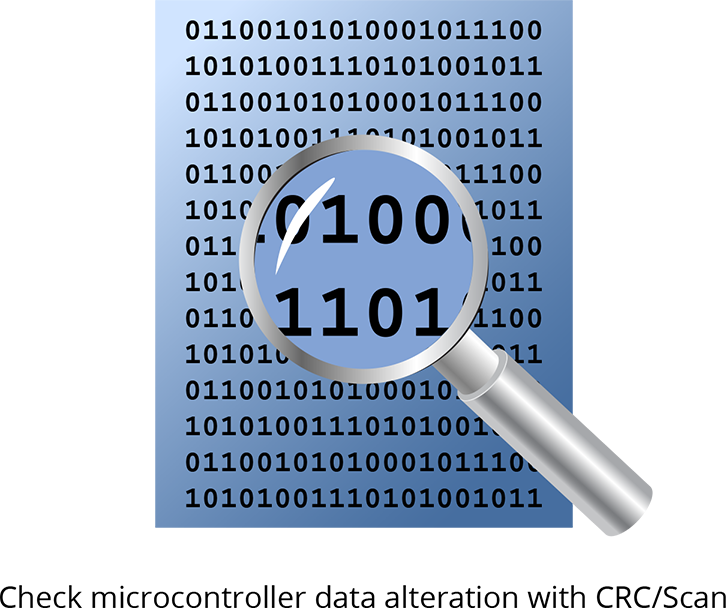What Is CRC?
Why Is CRC Used?
How Does CRC Work in PIC® and AVR® Microcontrollers
Many modern PIC and AVR microcontrollers (MCUs) have a built-in hardware module for CRC. This allows faster and lower-power CRC calculation without extra memory usage or additional CPU cycles when compared with a software implementation. This hardware module supports up to 32-bit polynomials and is implemented with a Linear Feedback Shift Register (LFSR) to generate a checksum of the data. PIC devices can directly feed data into the CRC module, which is useful for calculating the checksum of an outgoing datastream or for verifying an incoming datastream for transmission errors.
If the device is equipped with the SCAN feature, then the CRC module can directly read the memory on the device. This allows you to automatically validate specific regions of memory, such as boot or application, for system integrity. A more advanced version of the SCAN feature (available on select devices) is CRC On-Boot. This feature can be used to scan and verify areas, such as the boot, application, or data EEPROM with a preprogrammed checksum prior to the device running code.

8-bit Microcontrollers with Cyclic Redundancy Check
Similar Devices
Documentation
- Application Notes
- Technical Briefs